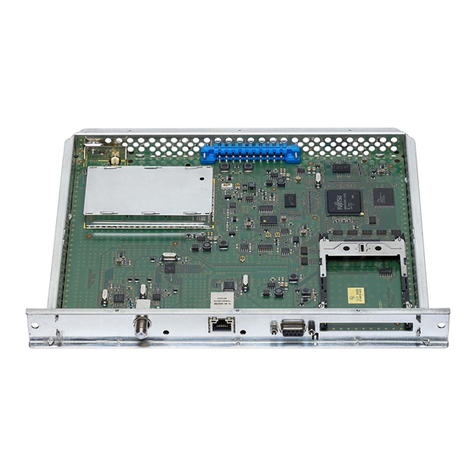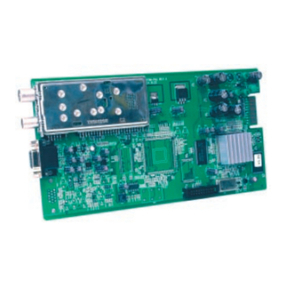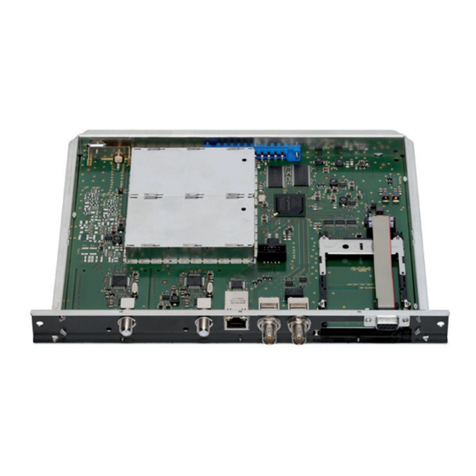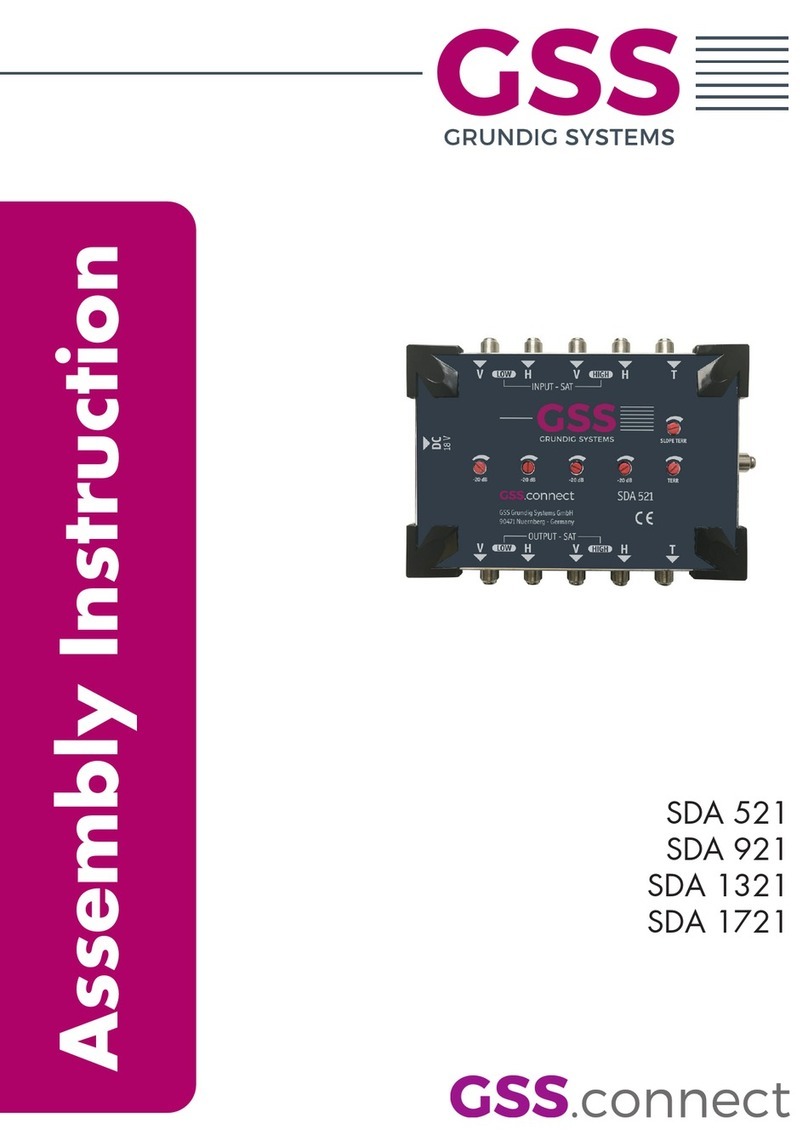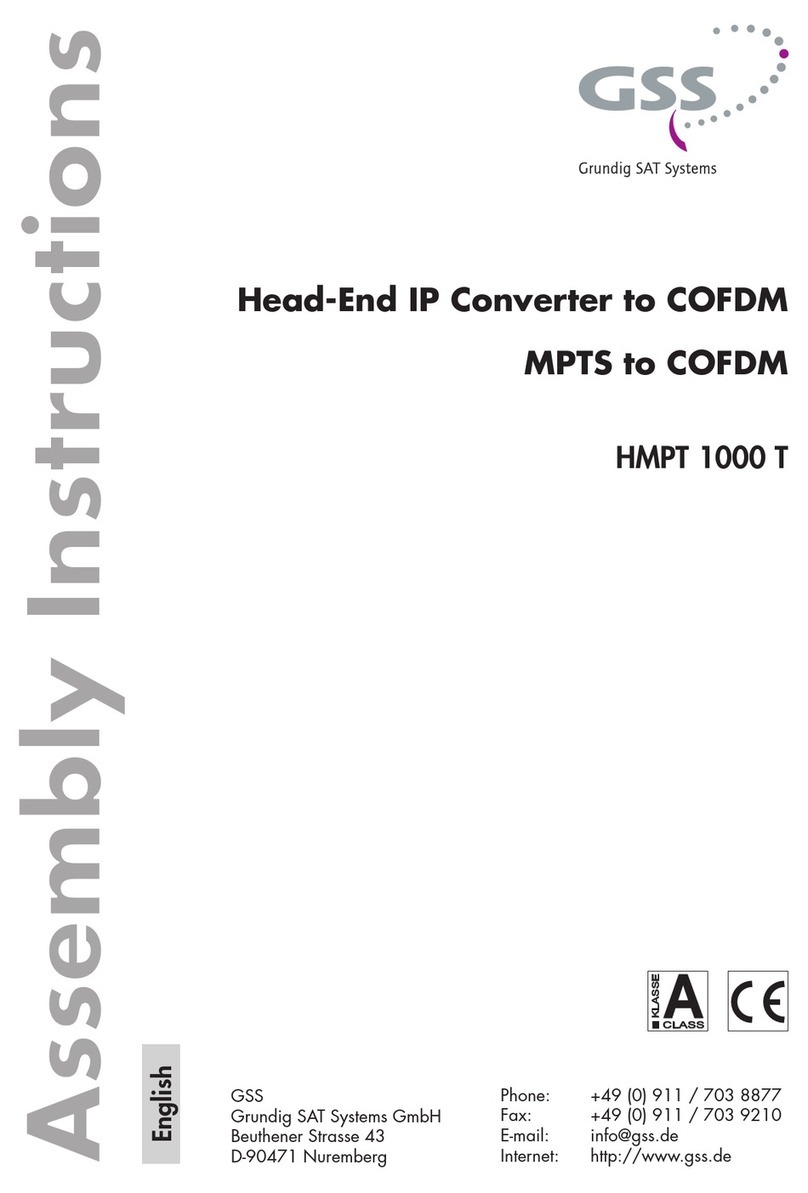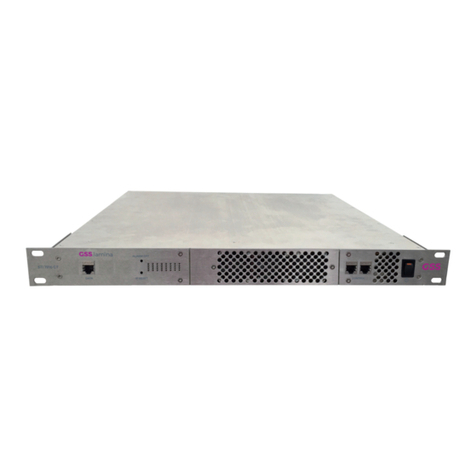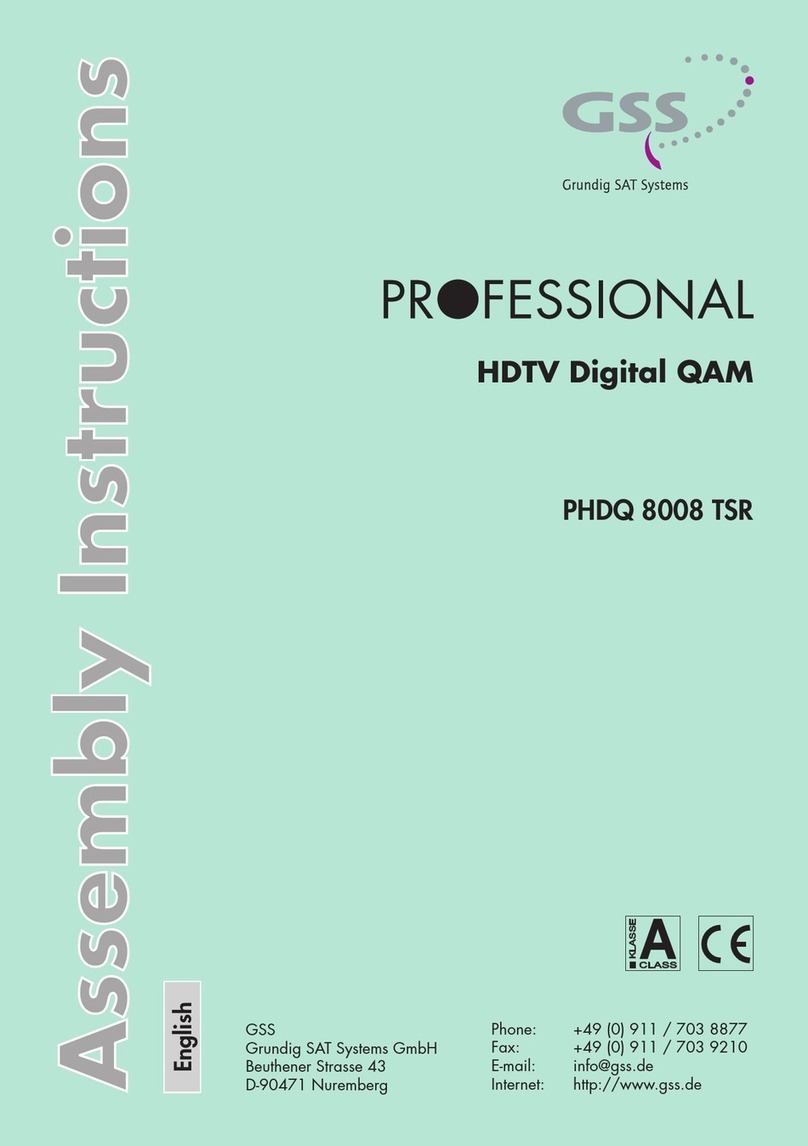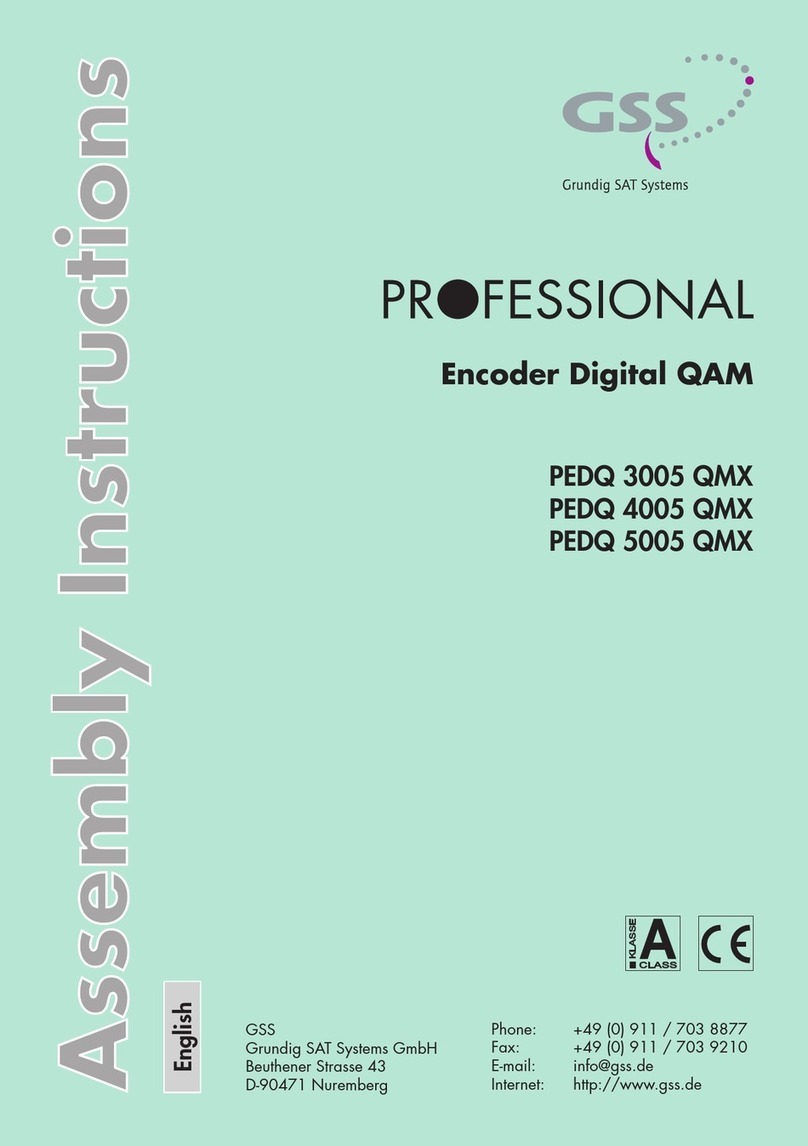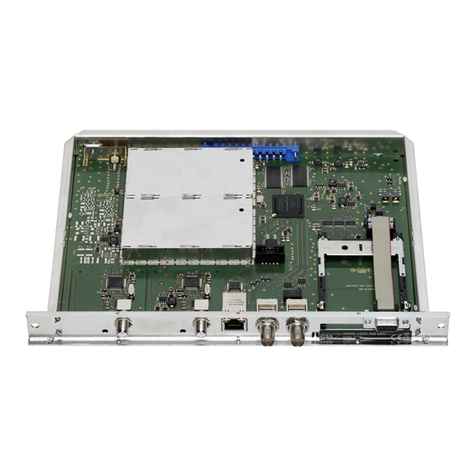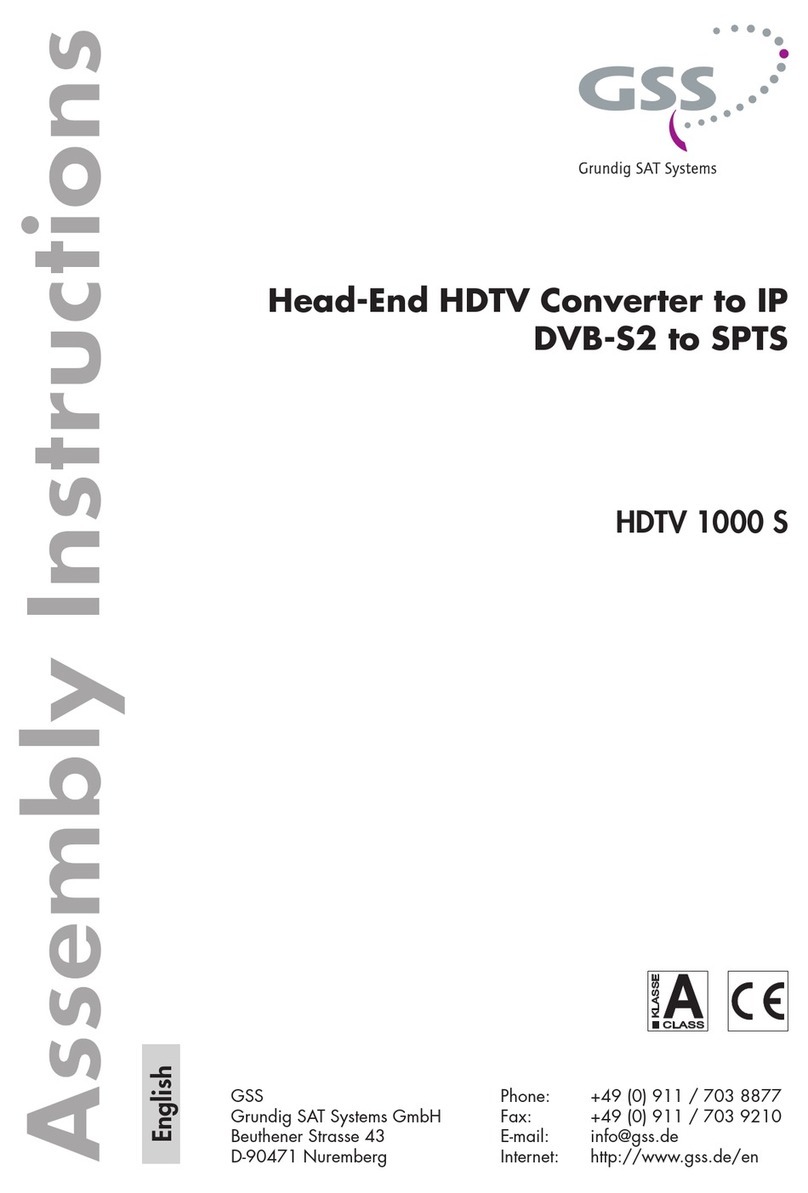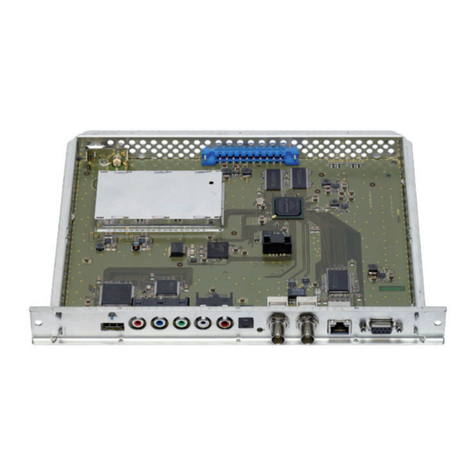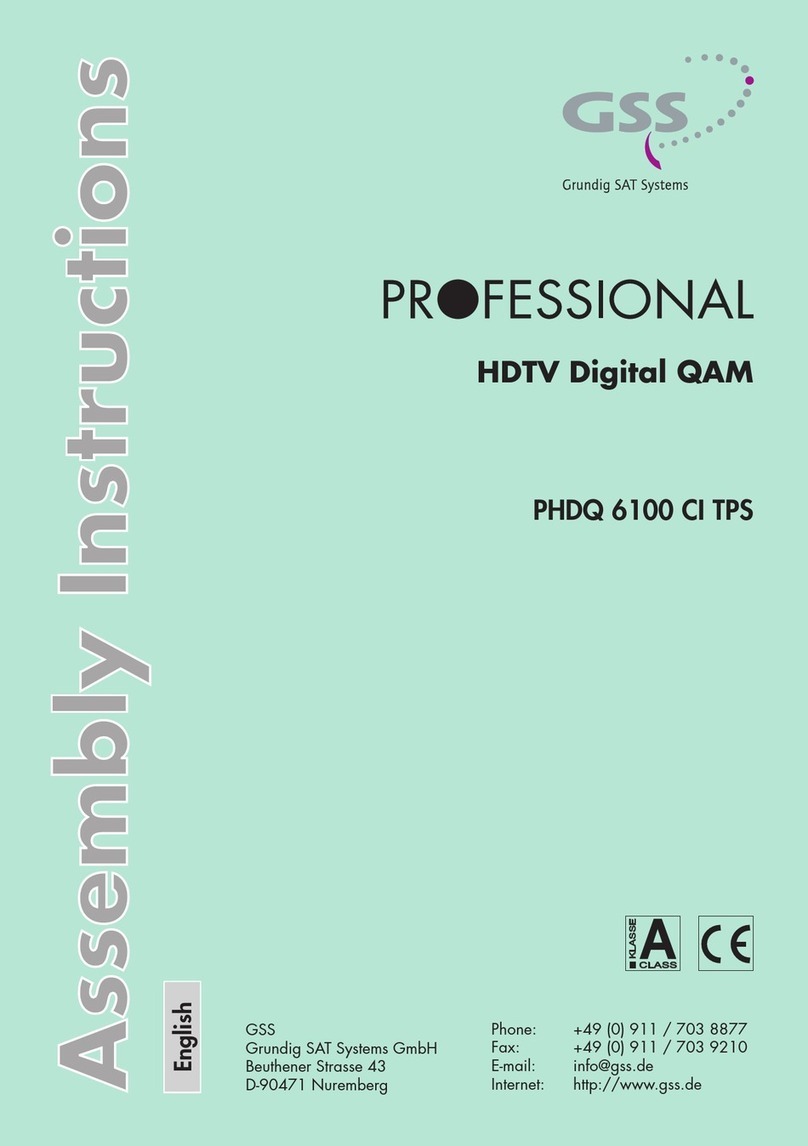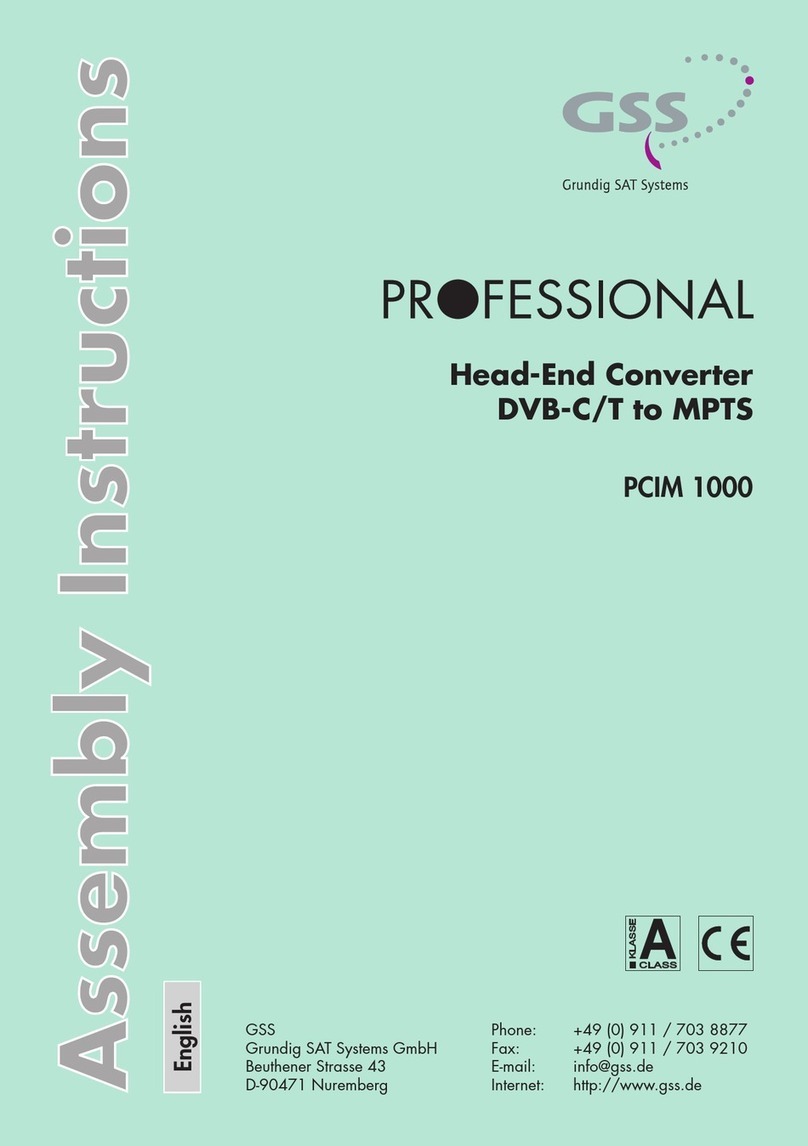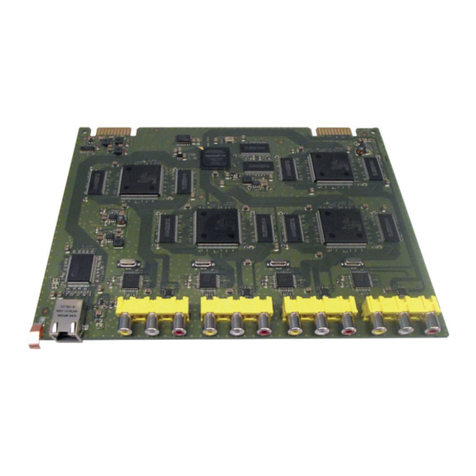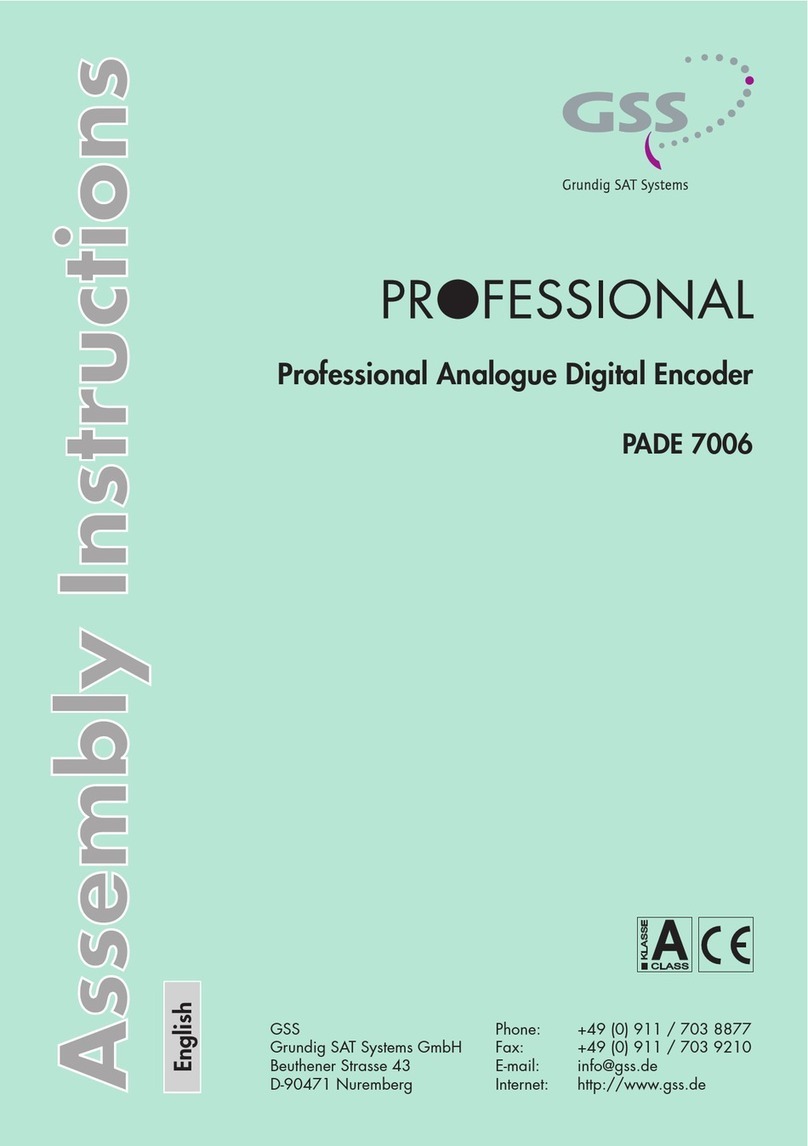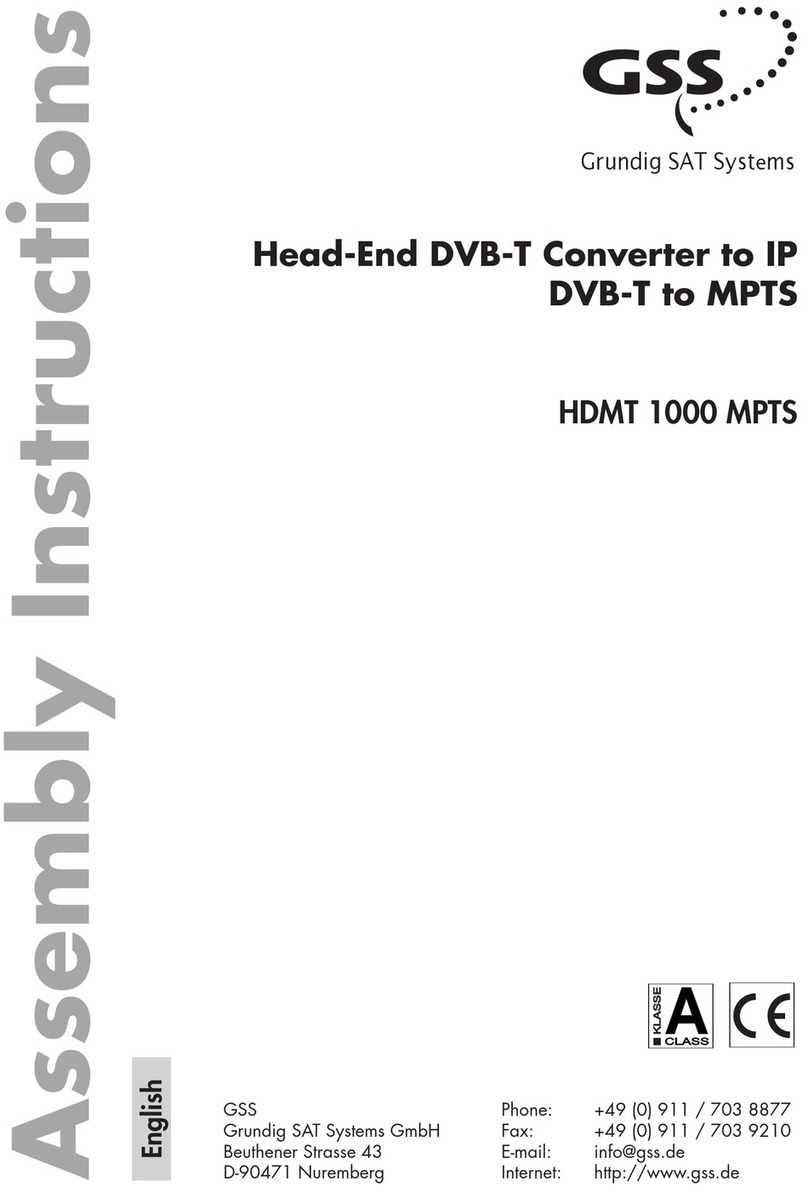- 2 - PTDQ 1000 ASI LAN / PTDQ 1001
Contents
1 Safety regulations and notes .....................................................................................4
2 General information .................................................................................................5
2.1 Packing contents..........................................................................................5
2.2 Meaning of the symbols used........................................................................5
2.3 Technical data.............................................................................................5
2.4 Description .................................................................................................6
2.4.1 Input signal path “INROUTE” ..............................................................6
2.4.1.1 Menu setting “A+ASI = 1 B+ASI = 2”...................................6
2.4.1.2 Menu setting “A+B+ASI = 1 ASI = 2”...................................7
2.4.2 Output signal path “OUTROUTE” ........................................................7
2.4.2.1 Menu setting “ASI => ASI”....................................................7
2.4.2.2 Menu setting “1 => ASI ASI => MA” ...................................7
2.4.2.3 Menu setting “2 => ASI ASI => MB”....................................8
2.4.3 General ...........................................................................................8
2.5 Software query............................................................................................9
2.6 How the TPS module works...........................................................................9
3 Assembly ...............................................................................................................10
3.1 Installing the cassette..................................................................................10
3.2 EMC regulations........................................................................................10
3.3 Overview of the cassette ............................................................................11
3.4 Connecting the cassette..............................................................................12
3.5 Retrofitting a CA module ............................................................................12
4 The control panel at a glance ..................................................................................13
4.1 Menu items...............................................................................................13
4.2 Control panel............................................................................................13
5 Programming .........................................................................................................14
5.1 Preparation...............................................................................................14
5.2 Programming procedure.............................................................................15
5.2.1 Channel strips “A” (without CA module) and “B”.................................15
5.2.2 Channel strip “A” with CA module ....................................................18
5.3 Programming the cassette ..........................................................................19
Selecting the cassette .................................................................................19
Selecting the input signal path.....................................................................20
Selecting the output signal path ...................................................................20
Setting the ASI transfer rate.........................................................................21
Setting the ASI options ...............................................................................22
Selecting the channel strip ..........................................................................23
Selecting channel / frequency setting...........................................................23
Setting the output channel...........................................................................24
Setting the output frequency ........................................................................24
Switching the modulator off or on ................................................................25
Adjusting the output levels of the channel strips .............................................25
Setting the input channel ............................................................................26
